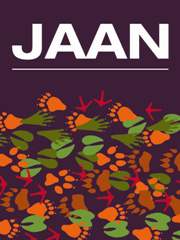Article contents
Heavy metal contamination of animal feedstuffs – a new survey
Published online by Cambridge University Press: 19 May 2017
Summary
Contamination of feedstuffs and ingredients with heavy metals poses a major problem for animal health and the transmission of toxic substances within the human food chain, as these elements can be accumulated into meat, egg and milk products. This paper reports on the levels of the three metals, arsenic, cadmium and lead, that exceed EU permitted levels, within premixes and complete feeds (total of 3417 samples) destined for a variety of animal species and taken from different countries during the period 2009–2016. For this period, 20% of all samples were contaminated at levels above the EU limit. In complete feed, ruminants were at the highest risk of exposure with 47% of samples being contaminated. Lead posed the major risk for minerals and cadmium posed the highest risk for premixes during the sampling period. When compared by country, contamination levels varied widely, with the highest contamination determined for Canada with 50% of samples being above the EU limit. To mitigate problems with heavy metals in animal feeds, due diligence in terms of sampling and testing is a necessary tool to evaluate level of risk. Research has shown that trace minerals can be sources of these heavy metals so the industry should be more diligent regarding their provider's quality guarantees. In addition, feeds identified with contamination should not be fed to animals to ensure that these heavy metal toxins are not passed into edible food products, thus providing safety in the food chain.
- Type
- Original Research
- Information
- Copyright
- Copyright © Cambridge University Press and Journal of Applied Animal Nutrition Ltd. 2017
References
- 11
- Cited by


